Sweden’s national pensions buffer funds, now facing a major consolidation, produced investment returns ranging from 8.2% to 10.3% last year, with the two Stockholm-based funds AP3 and AP4 coming out on top.
AP3 reported the highest 2024 return of the five funds at 10.3%, while AP4 posted the second-highest at 10.1%, according to the latest results releases.
Under long-awaited reform plans for Sweden’s system of competing buffer funds backing the first-pillar income pension, politicians in Sweden recently decided that of the three Stockholm-based funds, AP1 will be liquidated and its assets distributed between AP3 and AP4.
AP3’s chief executive officer Staffan Hansén said the 2024 financial year had been defined by geopolitics, US economic dominance and Donald Trump’s re-election as US president.
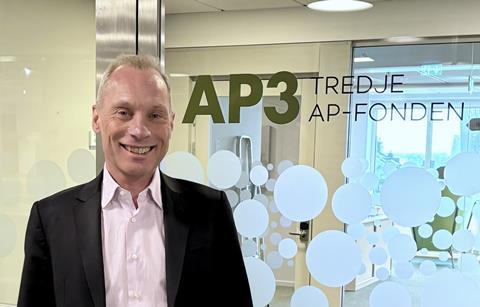
“AP3 navigated the year wisely and delivered strong returns to the benefit of the national pension system,” he said, in the results statement released earlier this week.
During 2024, AP3 – whose total assets grew to SEK549.1bn (€49.2bn) by the end of the year – said it had worked intensively to implement a new system platform which it said would “future-proof the fund’s operational support”.
It also said it had gradually returned during the year to investing in emerging markets in line with the new global investment risk framework.
Commenting on the upcoming consolidation of the Stockholm funds, which is to be implemented by 1 January next year, Hansén said: “It is now up to AP3, in partnership with the other funds, to carry this out with the best outcome for the pension system.”
Meanwhile, AP4’s CEO Niklas Ekvall said in his fund’s annual results, released this morning: ”It is now our task to implement the proposed change in the best way possible for the pension system, and with full vigour and commitment.”
Ekvall said that in order to fulfil its mission and generate the long-term return that the pension system required, AP4 had implemented a diversified investment strategy with a fairly large allocation to equities.
The asset management model had been successful, he said, but added: “However, with an investment strategy that has a broad allocation to equities, it is inevitable that some individual investments will not perform in line with expectations, even if the portfolio in a total generates a good return.”
Each of the four main buffer funds – AP1-AP4 – has written down to zero their quarter of the funds’ joint investment in Swedish battery firm Northvolt in their 2024 accounts, having lost SEK1.5bn apiece.
AP1 reported a 9.9% return for 2024, saying positive earnings contributions had mainly come from equities, particularly from foreign shares, while returns from unlisted assets had been “slightly negative”.
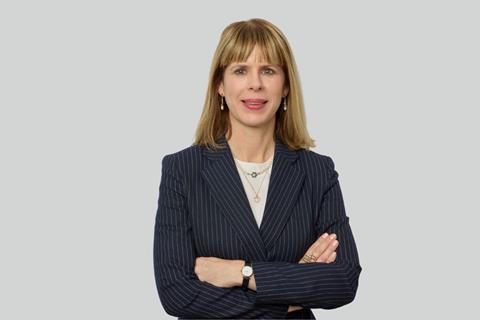
Kristin Magnusson Bernard, AP1’s CEO, said that after a strong first half of the year, the Swedish and European stock markets were weaker in the rest of the year, mainly due to weaker economic development in Europe, together with expectations of increased trade barriers and geopolitical influence.
“We therefore increased our exposure to US small and large caps, reduced our exposure to Europe outside Sweden, and dynamically adjusted our currency positions and duration in fixed income assets,” she said.
AP6 – significantly smaller than the other AP buffer funds — reported a 9.0% return for 2024, with assets having increased to SEK77.1bn from SEK70.7bn a year before.
Katarina Staaf, CEO of the Gothenburg-based fund, said that all sub-portfolios had contributed positively with high returns, and that excluding liquidity and currency hedging effects, the capital employed had returned 15.2% during the year.
AP6 said the liquidity impact of statutory currency hedges was limited in 2024.
“However, the negative liquidity effect of close to SEK10bn that occurred in 2022 and 2023 has had a continued impact on the possibility of making co-investments during the year,” it said.
Under the buffer fund reform, AP6 is set to be integrated into AP2, the only one of the four main buffer funds to be based in Gothenburg.
Read the digital edition of IPE’s latest magazine
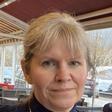

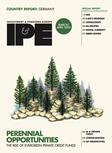


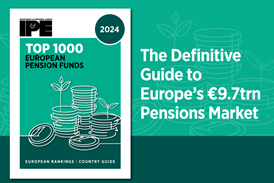
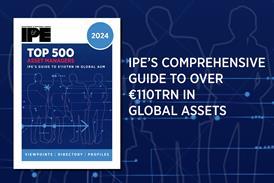


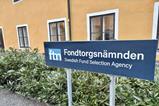
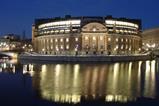
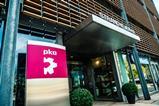
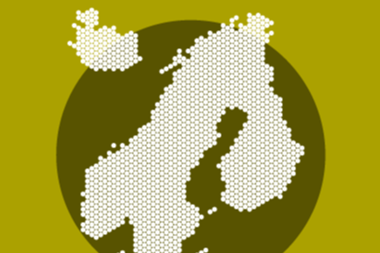
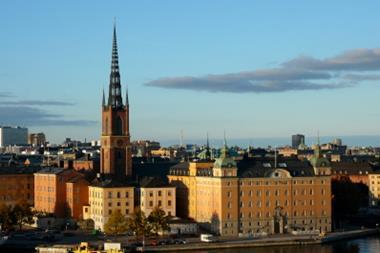
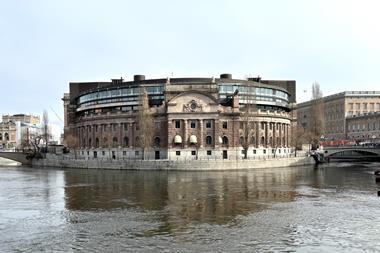
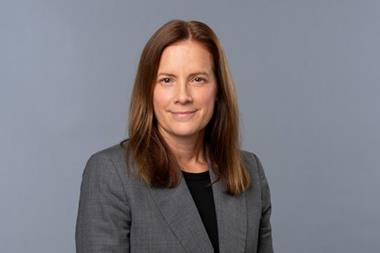

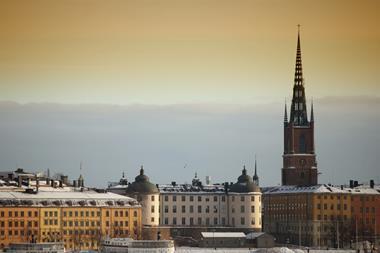

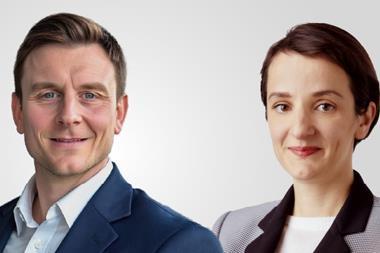
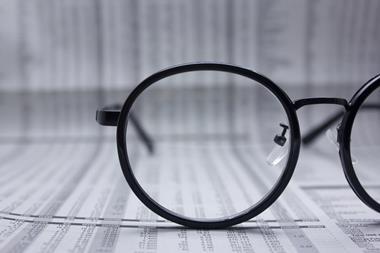

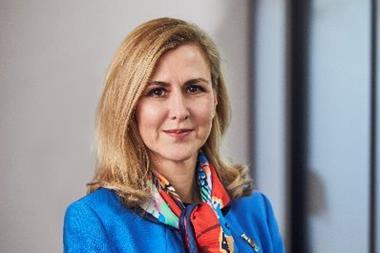












No comments yet